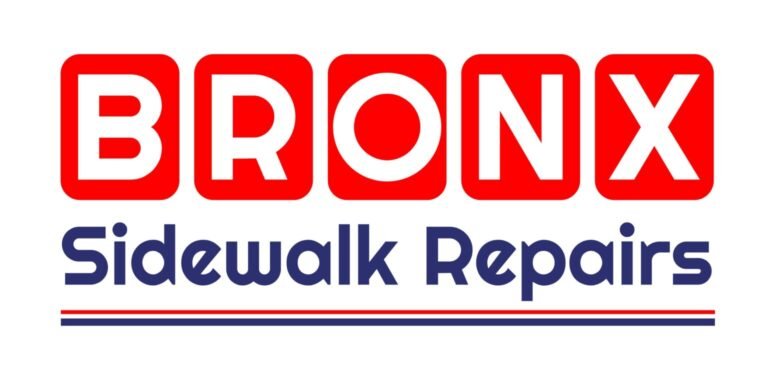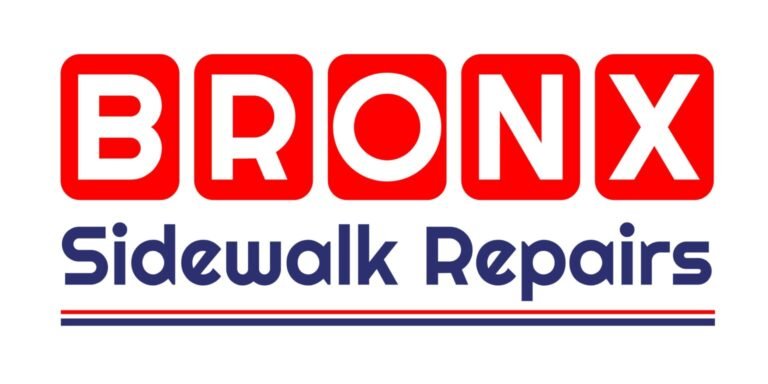
Moving goods across borders involves strict rules to ensure quality and safety. Export compliance often requires proof that products reach their destination in the same condition as when they left the warehouse. Desiccant packs for containers are an effective solution for managing moisture during transport. These packs help prevent condensation, which could lead to damage, and support exporters in meeting the regulatory conditions that safeguard product integrity.
Moisture: A Hidden Risk to Export Standards
Global shipments pass through varied climates and handling conditions. This exposure often causes fluctuations in air temperature inside cargo containers. As warm air cools, it can no longer hold moisture. That moisture turns into water droplets that collect on surfaces, including packaging and products. This is known as container rain.
Even one instance of condensation can harm goods. It can leave stains, cause rust on metal surfaces, weaken packaging materials, or lead to mold growth. Export laws in many countries specify that products must be free from contamination and damage. A shipment with signs of moisture damage could be rejected, delayed, or destroyed. That’s why moisture control has become a standard part of export planning.
How Desiccant Packs Protect Cargo During Transport
Desiccant packs are filled with materials that attract and hold water vapor. They are designed to lower the relative humidity inside containers to a level that stops condensation. These packs start absorbing as soon as they are exposed to air, offering continuous protection during transit.
Depending on container size, climate risk, and shipment duration, the number and type of packs required will vary. Large shipping containers need a combination of hanging units and floor-based packs to control moisture evenly throughout the space. Smaller units can be used inside boxes or packaging.
In long-distance sea freight, where containers may be exposed to extreme climate zones, desiccants become even more important. A stable internal environment ensures cargo remains undamaged, regardless of external conditions.
Regulatory Expectations Around Moisture Control
Importers and border agencies often set quality checks upon arrival. If a shipment shows signs of moisture damage or has an odor, it may be held for inspection. This can result in penalties, fines, or delays. If regulatory bodies find non-compliance, exporters could lose their trading licenses or receive negative audits.
Desiccants provide physical evidence that preventive steps were taken. With proper labeling and documentation, they demonstrate compliance with cargo protection standards. This lowers the risk of rejection and speeds up clearance processes at ports.
In some cases, shipping insurance claims may only be approved if there is proof that correct moisture control products were used. Without it, exporters may face losses due to spoilage or regulatory action.
Matching Pack Selection to Risk Levels
Not all cargo types carry the same moisture risk. Some, like textiles or cardboard-based goods, are moderately sensitive. Others; such as electronics, machinery, or medical products—are highly vulnerable.
The selection of desiccant packs should be made based on:
- Type and sensitivity of goods
- Volume and space inside the container
- Anticipated climate conditions
- Length of the journey
Too few packs leave room for risk, while too many increase shipping costs unnecessarily. Working with packaging experts helps exporters strike the right balance between effectiveness and cost.
Strategic Placement Within Containers
Correct positioning improves how well desiccants perform. If placed only in corners or hidden under cargo, airflow becomes limited and moisture may accumulate in unprotected areas. Desiccants should be spread out across the container and mounted near the ceiling or along walls.
Proper placement not only protects the cargo more efficiently but also helps keep the entire container environment stable. It reduces the chance of one product absorbing moisture meant for another. This thoughtful distribution adds value to the entire shipment’s safety.
Documentation and Traceability for Export Records
Customs audits or third-party inspections often include a review of packaging records. Exporters are expected to show details about what moisture control methods were used. Documenting pack numbers, product types, and placement details can support this process.
Having a record of desiccant use can also protect exporters in cases of damage claims. Showing that desiccant packs were used correctly adds credibility and ensures faster insurance settlements.
Why Cheap Alternatives Could Fail Standards
Many exporters try cost-cutting by using plastic sheets, stretch wraps, or basic covers to block moisture. However, these tools cannot absorb moisture; they only act as barriers. Once water enters, there’s no way to remove it.
In contrast, desiccants actively remove moisture from the air. This is what makes them valuable. Relying on passive protection does not meet the standards set by many countries, especially for sensitive or high-value cargo.
Benefits That Go Beyond Compliance
While meeting legal requirements is essential, desiccants bring long-term benefits. They reduce product returns, help maintain brand reputation, and improve customer satisfaction. A dry, damage-free product builds trust with overseas buyers and minimizes costly disruptions.
For companies aiming for global growth, adopting desiccant-based packaging solutions helps meet buyer expectations. It also sets a standard for future trade. Using desiccants is not just a safety step, it is a smart practice.
Final Note:
Exporters today face growing expectations for quality assurance and product safety. Using desiccant packs for containers gives them an edge in meeting these demands. They reduce risk, support inspections, and preserve cargo from unseen threats like moisture. If you’re handling international shipments or exporting through varied climates, take time to review your packing method. Working with best desiccant suppliers ensures that your product leaves no room for error during transit.



